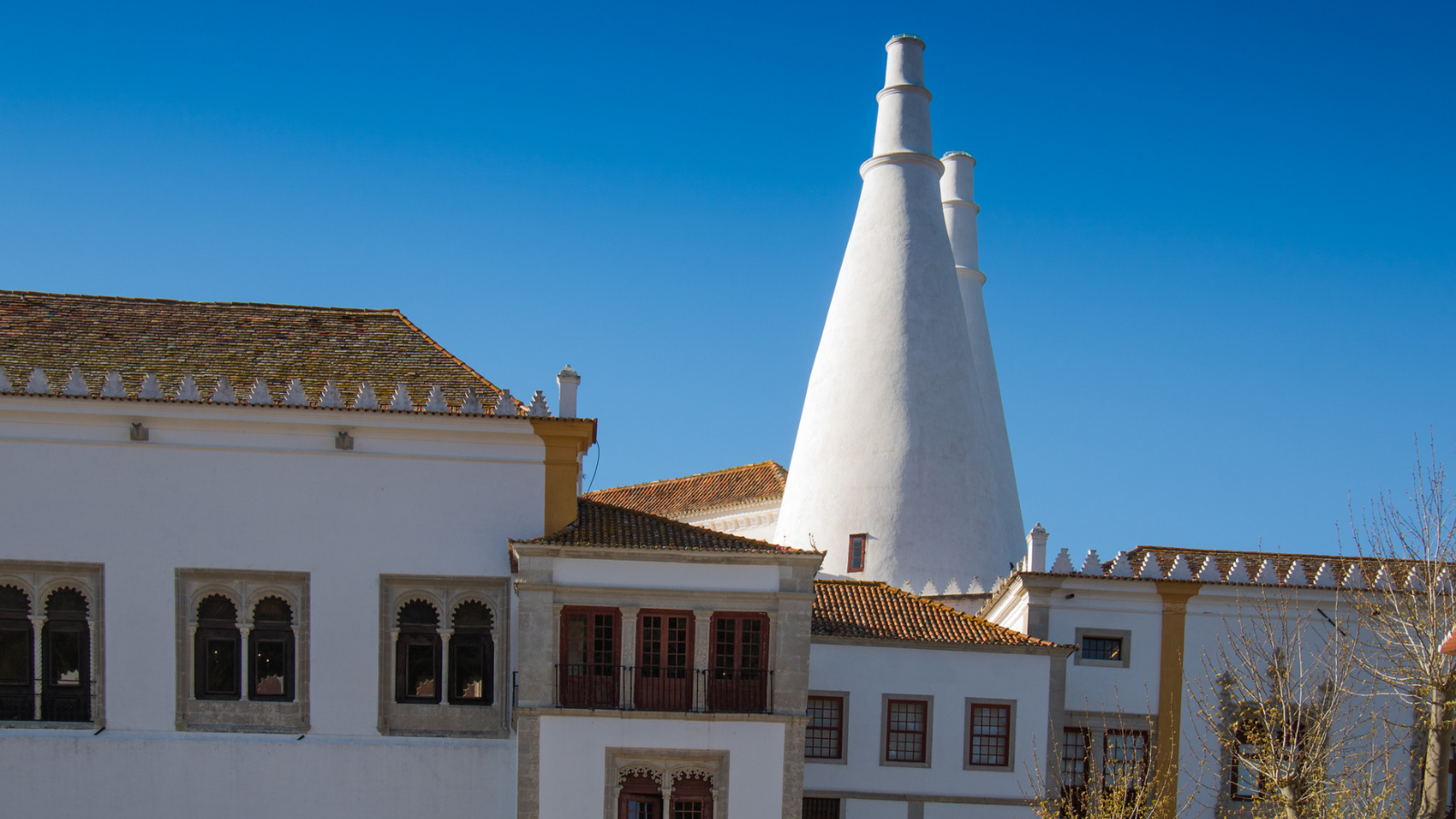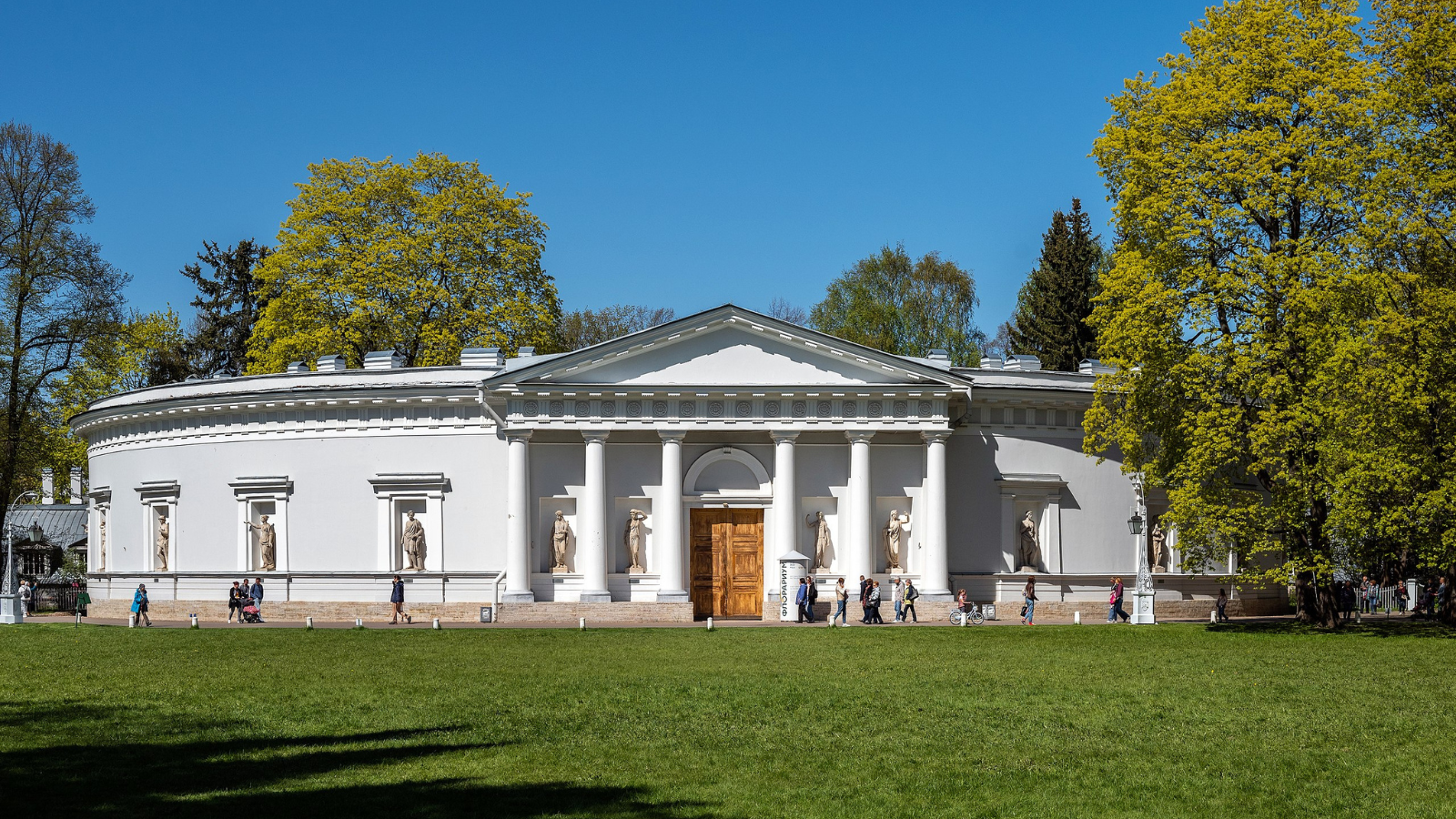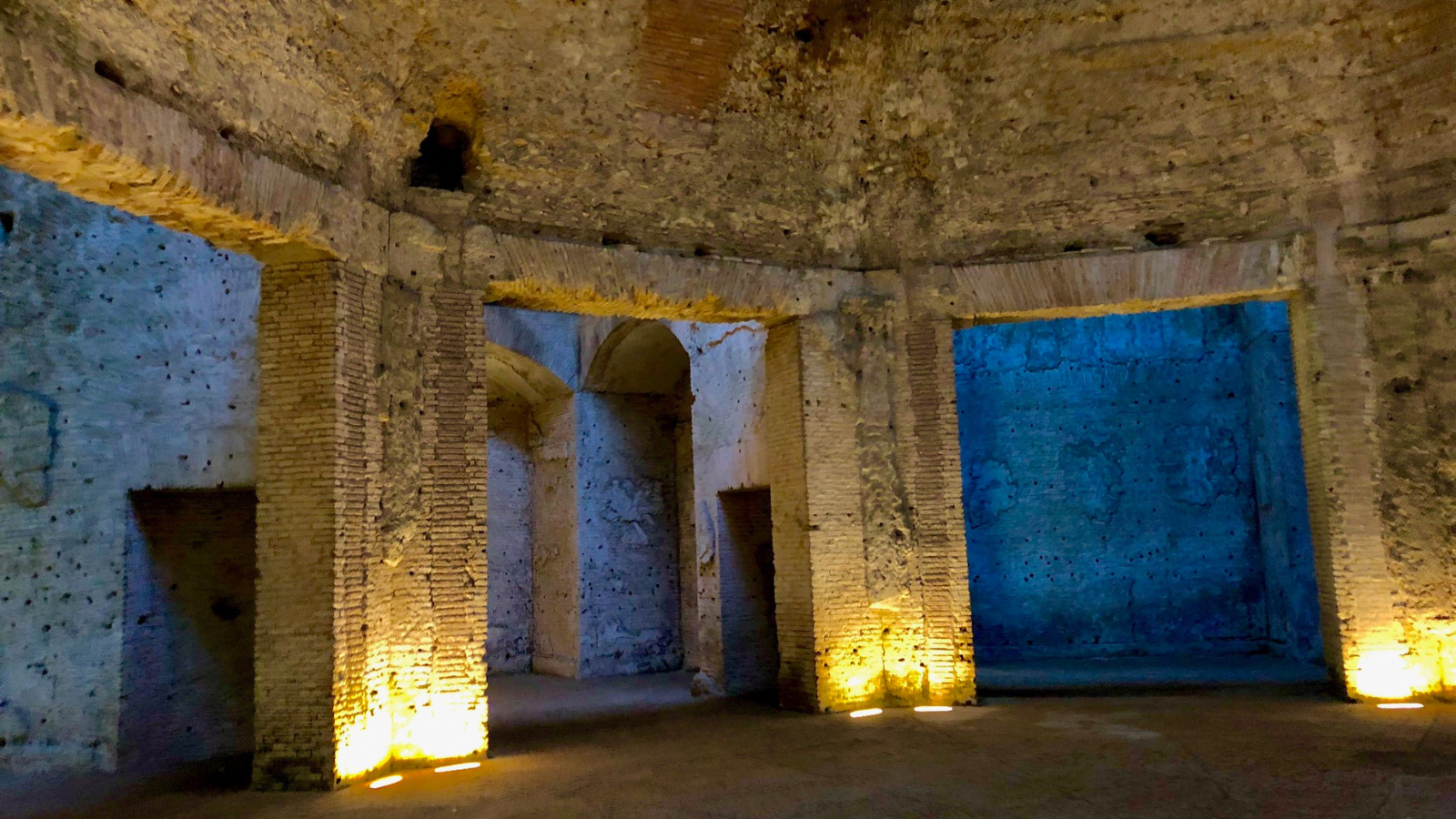Categories
Media / Blog
LEGENDARY KITCHENS
By GRAFF

Vast kitchens, housed in the palaces of Europe and Asia and the mansions of American scions of industry, were designed to indulge the culinary whims of royalty, the uber-wealthy, and their guests, prepare lavish banquets, and feed the legions of staff required to keep things running smoothly. These legendary kitchens were often ahead of their time, designed by star architects of the era, and first to embrace new cuisines and cooking styles and use innovative technologies. Here are some of the most impressive and intriguing.
Hampton Court Palace, East Molesey, England
The Royal Chocolate Kitchens of Hampton Court Palace, built by architect Christopher Wren in the late 1600s, comprised three rooms devoted to making chocolate drinks and treats for King William III and Queen Mary II. King Henry VIII’s kitchens at Hampton Court Palace were more carnivorous in nature, including a department specifically for roasting meat, led by three Master Cooks.
The Great Kitchen of King George IV, Brighton, England
The extravagant King George IV’s Great Kitchen in Brighton’s Royal Pavilion, designed by John Nash, is considered one of the first modern show kitchens, with state-of-the-art ventilation, water supply system, and steam heating. It also featured four towering cast-iron palm tree-shaped columns, complete with painted metal leaves. George IV also hired the famed French chef, Marie Antonin Carême, celebrated for his magnificent, architecturally inspired confections, to create over-the-top dishes to impress guests at the king’s massive banquets
Ca’ d’ Zan, Sarasota, Florida
Ca’ d’ Zan, the pink-hued 35,000-square-foot Venetian-style mansion built for circus impresario and art collector John Ringling and his wife Mabel Burton Ringling during the Roaring Twenties is a feast for the eyes. Among countless other luxury features like stained-glass kitchen windows, the kitchen featured a silver sink, made specially in Germany for the Ringlings. The precious metal’s softness was said to protect the couple’s fine china and crystal from damage during dishwashing.

National Palace, Sintra, Portugal
Topped with two white conical chimneys, almost 110 feet high each, the kitchens of Portugal’s National Palace, built in the 16th century, are visible from a distance and an icon of the city. Royal hunts took place in Sintra, and the kitchens’ vast size accommodated preparation of game for banquets and meals for hundreds of members of the court.
Royal Palace, Madrid, Spain
Silver served another, more vital function in the cavernous, porticoed kitchens of Madrid’s Royal Palace during the reign of King Alfonso XVIII. It was used to coat copper pots and pans as protection against poisoning. The kitchens also featured one of the first refrigerators, an elevator to transport food to the upper floors where the royals resided, and a room designated exclusively for the preparation of ice cream and Easter eggs.
Carnegie Mansion, New York City, New York
Steel magnate Andrew Carnegie’s early 20th-century mansion, now home to Cooper Hewitt, Smithsonian Design Museum, was designed with food and drink very much in mind. In addition to a well-outfitted kitchen, it also boasted a pastry kitchen, butler’s pantry, house pantry, nursery pantry, scullery, distillery room, and a wine cellar.

Hearst Castle, San Simeon, California
Designed in the early 19th century by architect Julia Morgan for newspaper scion William Randolph Hearst, with exquisite attention to detail, Hearst Castle houses 165 rooms. The kitchen included such luxuries for the time as four refrigerators, brass kitchen faucets shaped like life-size birds, industrial-size appliances, and countertops made from an expensive nickel-copper alloy.

Yelagin Palace, Yelagin Island, St. Petersburg, Russia
Yelagin Palace, once the summer palace of the tsars, includes an immense kitchen pavilion. The kitchen’s buildings are semi-circular, feature facades adorned with classical sculpture, and surround a courtyard. Consultants on the buildings’ design included a Master of the Coffee House and an Imperial Confectioner.
Imperial Palace, Zhou Dynasty, China
During China’s Zhou Dynasty, the imperial kitchen boasted a staff of more than 2,300, including the emperor’s personal nutritionist, across 22 departments. Emperors brought the best cooks from different regions of the country to the imperial kitchen, as a complex hierarchical system of imperial cuisine was developed.

Domus Aurea, Rome, Italy
As archaeological excavations continue, little information is available yet about the kitchens of Emperor Nero’s Domus Aurea (Golden House), but they must have been prodigious and might not even have been on site, instead comprising an enormous catering operation. Built in 64 CE and designed solely for entertaining, often via bacchanalian 12-hour-long feasts, Domus Aurea was a massive complex that featured at least 50 banquet rooms and a domed revolving dining room that rotated 24/7.
Not only were the walls of the Golden House adorned with gems, gold, ivory, marble, indoor waterfalls, and hundreds of frescoes, but the complex also featured ceiling panels that could be flipped to shower guests with flower petals, and sprinklers to spritz them with perfume. Both salt water and sulphur water were available from the complex’s bath taps, and the infamous Nero even built an aqueduct to supply water to Domus Aurea’s nymphaeum and artificial lake.
1. Photo by Nicexray, iStock
2. The towering conical kitchen chimneys of the National Palace, Sintra, Portugal;
"Sintra National Palace" by Infomastern is licensed under CC BY-SA 2.0.
3. Cooper Hewitt, Smithsonian Design Museum, New York City, housed in the former Carnegie Mansion.
“Cooper Hewitt” by ajay_suresh is licensed under CC BY 2.0.
4. Kitchen building, Yelagin Palace, Yelagin Island, St. Petersburg, Russia;
"Kitchen House on Yelagin Island SPB (img1)" by Florstein (WikiPhotoSpace) is licensed under CC BY-SA 4.0
5. Emperor Nero’s recently discovered rotating dining room, Golden House, Rome, Italy;
"Octagonal Dining Room, Nero’s Domus Aurea, Rome" by Andy Montgomery is licensed under CC BY-SA 2.0.